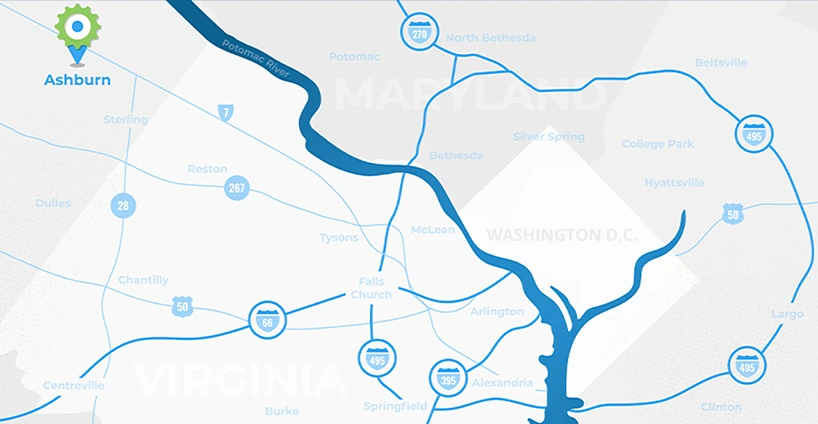Make a Million Dollars a Month Selling Online – Ecommerce Design is as Simple as 1-2-3!
Selling on the web. What could be easier? Customers come to your web site, select what they want to purchase, complete the transaction and you get paid. A good e-commerce design and you'll make money while you sleep, right?
Wrong.
E-commerce is not automatic, nor is it as simple as pushing a button. Done right, e-commerce can be a vital part of your business. But like any sales effort it takes care and attention if you want to see any success. To get started, the first thing you need is a solid e-commerce design.
Custom website design is fairly straight forward at its core. Develop a look and feel that speaks to your target customers, lay out the graphic design portion, and then code it into html. Of course, a professional custom web design firm will be sure to get the messaging, navigation and call to action all in synch. With e-commerce, it gets a bit more complicated. The big difference is found in two areas: the functionality and the user interaction.
What is it about e-commerce design that makes it so difficult?
An e-commerce site is technically a lot more complex than a static html site. Think about what must happen for each. With a static html site, individual pages are coded and given a url. When a browser requests that url from the server, the server delivers the code and it is rendered on the screen as a viewable document. Once the page is displayed, the page can do any number of things, ask the visitor to place a phone call, direct the user to a Contact form, offer up a newsletter signup and on and on. The idea is that the information is there for the user to see and choose whether or not to engage. A well written site will gently guide the visitor right into the call to action. With e-commerce, it is a little different. It starts out the same way, except the call to action is by definition a purchase. Sure there may be a secondary action like a newsletter sign up, but that is a distant second to making a purchase. Once the user decides to make a purchase, they are presented with a series of prompts that must be completed before they will reach the desired end – a purchase. This is where usability and functionality must go hand-in-hand.
But how can I make something as complex as e-commerce user friendly?
The customer must be able to see the product or product choices in a layout that makes sense. If it is complicated in any way, you risk losing the client. To present products, each product must be loaded into a database, along with a description and pricing info. There may be additional items like coupon code set up or gift certificate allowances. Once a product is chosen, the checkout process begins. This is where it gets interesting... Are taxes added into the sale? How about the shipping methods available? Often, separate accounts must be made with USPS, UPS and FedEx in order to pull shipping cost data into the site. Then a payment module must be created. With each form of payment accepted, a new layer of complexity is inserted. Of course, to accept any online payment, there must be a payment gateway linked to a merchant bank account, in which to deposit the funds.
All through this technical process, the user must understand what he is doing and it must be easy. If it is difficult to navigate, or unintuitive, cart abandonment becomes a real risk.
To design an e-commerce site that meets functional and form requirements, it really does take an expert. The good part is that today's technology makes getting a great system in place accessible to most businesses. The bad part is that unless you find an experienced e-commerce designer who can put all the pieces together, you may be in for a tough ride.





